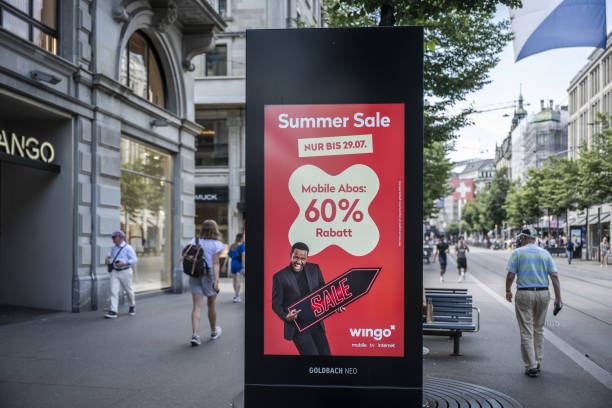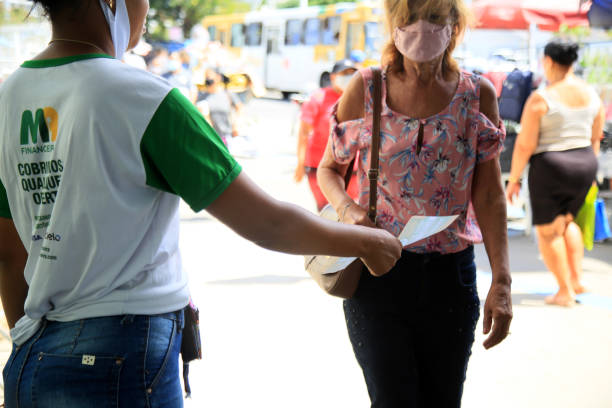Flyer Campaign Split Testing: Finding the Design That Works Best

Designing an effective flyer campaign is as much about understanding your audience as it is about creativity. Split testing, also known as A/B testing, allows businesses to test different flyer designs and identify which elements work best. In this comprehensive guide, we explore how to execute a split testing strategy that will elevate your flyer campaigns.
1. What is Split Testing?
Split testing involves creating multiple versions of your flyer with slight variations in design, content, or layout. These versions are then distributed to different segments of your audience to determine which design generates the best results.
2. Elements to Test in Flyer Design
There are several aspects of a flyer that you can test, including:
- Headlines: Test different headlines to see which one grabs attention.
- Images: Compare flyers with bold visuals versus minimalist graphics.
- Color Schemes: Experiment with warm tones versus cool tones.
- Calls-to-Action (CTAs): Test variations of CTAs like “Visit Us Today” versus “Call Now.”
3. Creating Test Groups
To ensure accurate results, divide your audience into equal-sized groups that share similar demographics. Distribute one version of the flyer to each group and monitor the results.
4. Measuring Success
Key performance indicators (KPIs) for split testing include:
- Response rates (e.g., QR code scans, website visits).
- Event attendance.
- Sales generated from the campaign.
Conclusion
Split testing is a powerful tool for refining flyer campaigns. By analyzing the data and understanding what resonates with your audience, you can create flyers that deliver maximum impact.










